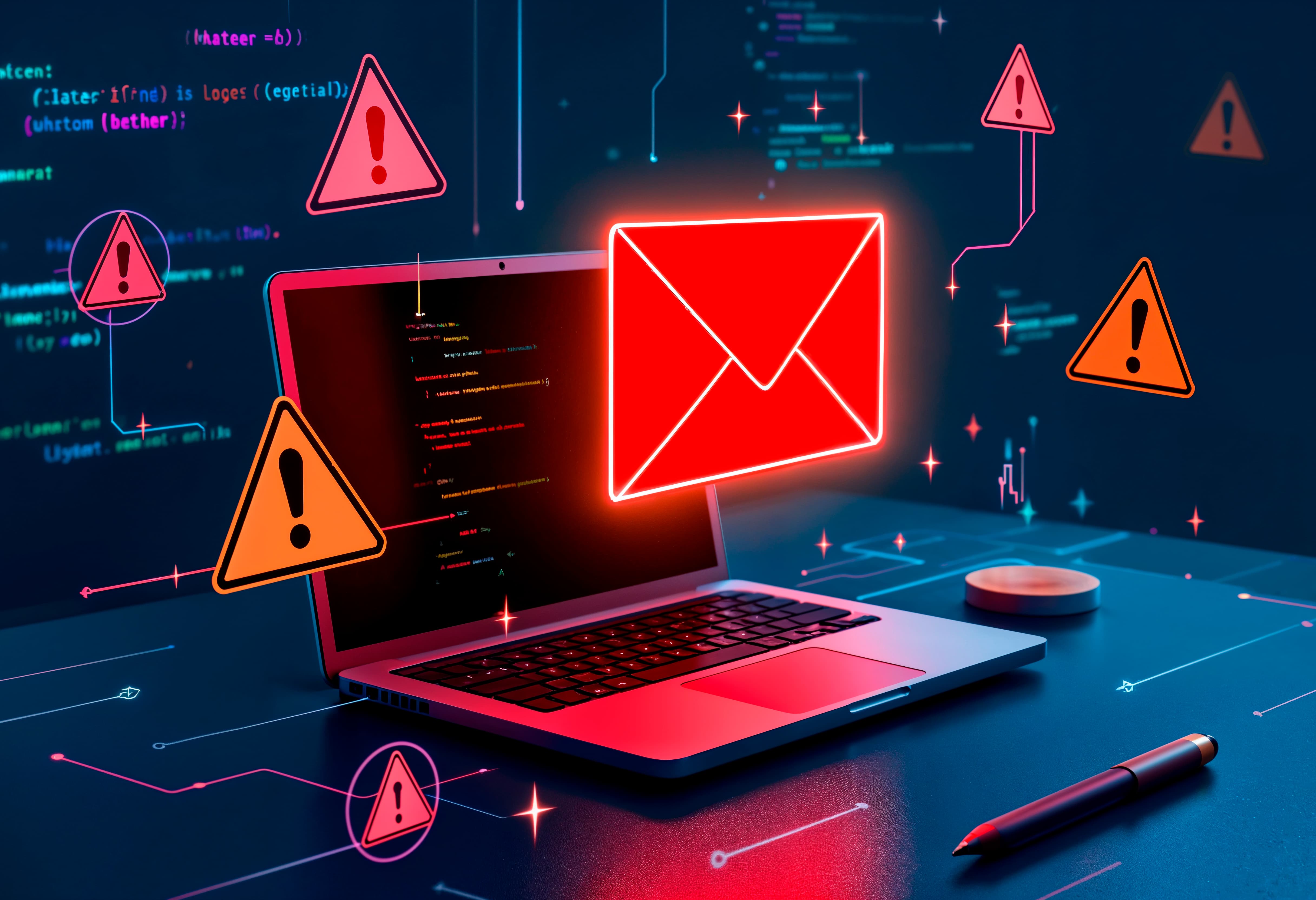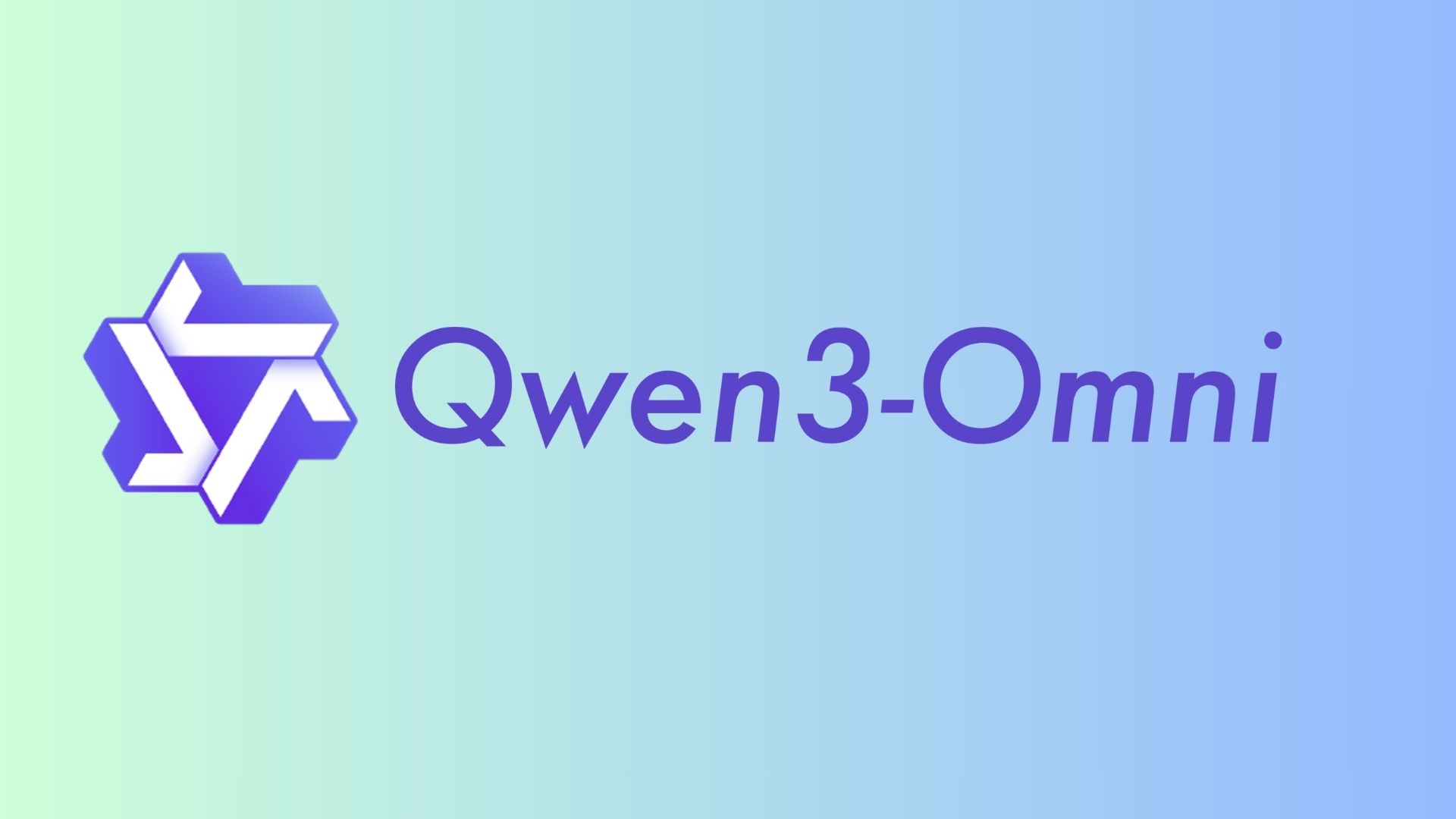Discord has disclosed a security incident after a third-party customer service provider was compromised. The breach exposed personal data from users who contacted Discord’s support and Trust & Safety teams.
Compromised information may include usernames, contact details, partial billing data, IP addresses, customer service messages, and limited government-ID images. Passwords, authentication data, and full credit card numbers were not affected.
Discord has notified data protection authorities and strengthened security controls for third-party providers. It has also reviewed threat detection systems to prevent similar incidents.
The company urges affected users to remain vigilant against suspicious messages. Service agents are available to answer questions and provide additional support.
Would you like to learn more about AI, tech, and digital diplomacy? If so, ask our Diplo chatbot!










